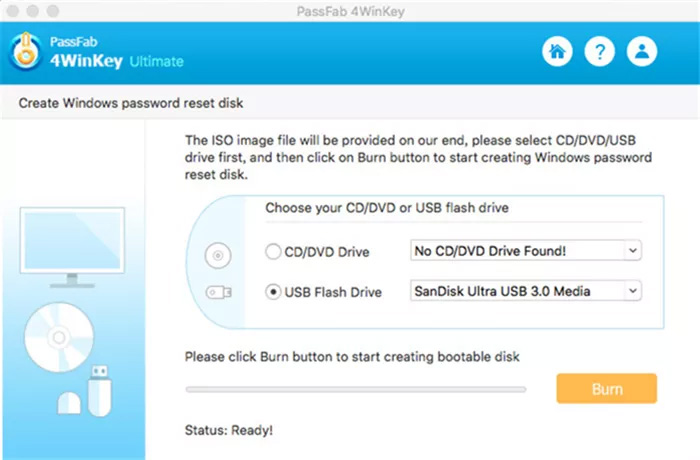If you want to use your USB stick with an Apple Mac, you will need to restart or power-on the Mac with the USB stick inserted while the Option/alt (⌥) key is pressed. This will launch Apple’s ‘Startup Manager’ which shows bootable devices connected to the machine. MiniTool Partition Wizard Bootable Media also helps users to extract the ISO file. This is very useful when users have difficult in burning the bootable USB flash drive or CD/DVD disk directly from the media builder. But to use this bootable program, users need to do the following 2 things at first: Download ISO file.
Jesus Vigo goes over the steps to create a bootable USB to install OS X 10.7-10.8 and OS X 10.5-10.6, as well as how to put multiple versions on the same USB.
With a bootable Ubuntu USB stick, you can:
/FlashDriveMacBookPro-56a5d51b5f9b58b7d0dea11b.jpg)
- Install or upgrade Ubuntu, even on a Mac
- Test out the Ubuntu desktop experience without touching your PC configuration
- Boot into Ubuntu on a borrowed machine or from an internet cafe
- Use tools installed by default on the USB stick to repair or fix a broken configuration
Make A Bootable Usb On Mac From Iso
Creating a bootable USB stick is very simple, especially if you’re going to use the USB stick with a generic Windows or Linux PC. We’re going to cover the process in the next few steps.
Apple hardware considerations


Create A Bootable Usb Drive On Mac For Linux
There are a few additional considerations when booting the USB stick on Apple hardware. This is because Apple’s ‘Startup Manager’, summoned by holding the Option/alt (⌥) key when booting, won’t detect the USB stick without a specific partition table and layout. We’ll cover this in a later step.
